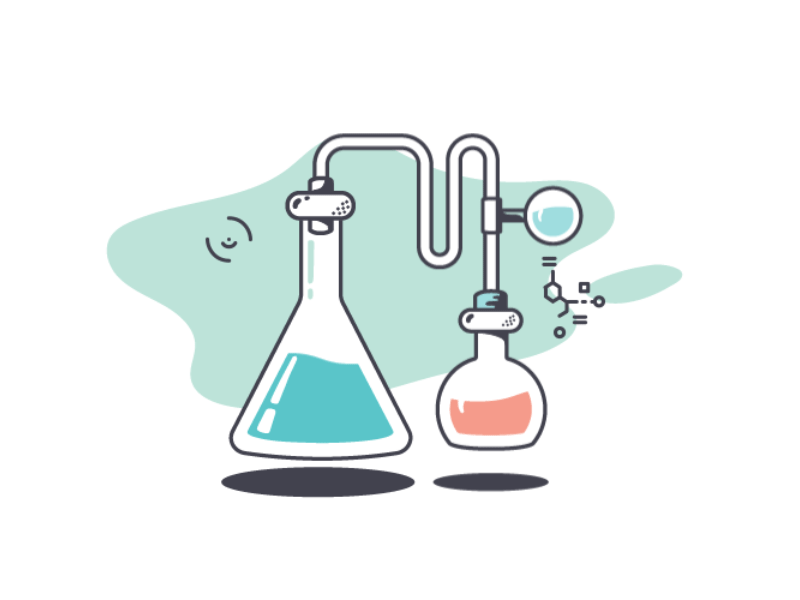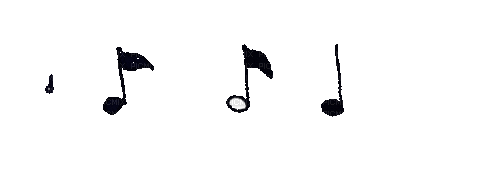
Week 2
Class 1: Intro to the periodic table

Today we will have a little introduction to the periodic table.
The idea is to recognize how the elements are organized in this useful chemistry tool and learn about the process that took place for scientists to arrange them this way.
After watching the video, solve the following activity in the assigned pairs:
ACTIVITY
1) Write the atomic number, names (English and Spanish) and symbols of the first 20 elements of the periodic table.
2) Visit the ThoughtCo. website and complete the following information in your notebook:
-
Nowadays the elements are listed by their ________ ________, but before they were organized by their _________ __________.
-
Each horizontal row on the periodic table is called a ________________ and they are ___(#)
-
Each vertical column on the periodic table is called a _____________ and they are _____(#)
3) Why are there 2 rows below the main body of the periodic table? What are their names?
4) Draw the key of one element (different from hydrogen) and show what information can we find in these keys. You can find this in the BRITANNICA site
5) Visit this interactive periodic table, choose 5 elements (from the first 20) and draw where can we find them
Finished already? Try the class bonus: Solve the mystery elements activity
Are you a periodic table genius? prove it!:
There are many different types of atoms. Scientists have discovered 94 different kinds of atoms that occur naturally in the universe. Other kinds of atoms have been made in laboratories.
Some substances are made up of just a single
kind of atom. A substance that is made of just
one kind of atom is called an element.
For example, carbon is made only of carbon
atoms. Gold is made only of gold atoms, that's
why carbon and gold are examples of elements.
Each element has different properties.
Create an infographic about the element whose atomic number is your list number, including:
-
The explanation of its name (you can visit the website https://www.rsc.org/periodic-table/history) This website contains a lot of data about each element.
-
How and when was it discovered (if this info is available)
-
Basic chemical information: #electrons, protons, neutrons and atomic mass
-
Where can it be found? (use pictures) - uses
-
Submit your infographic in Phidias
Today we will learn the first 20 elements of the periodic table. To achieve this, we will sing a catchy song:


Class 3: First 20 elements
Class 2







